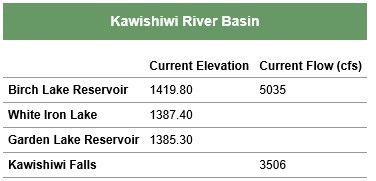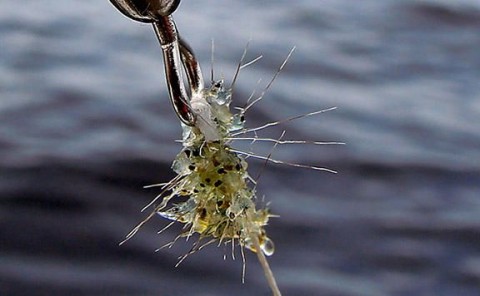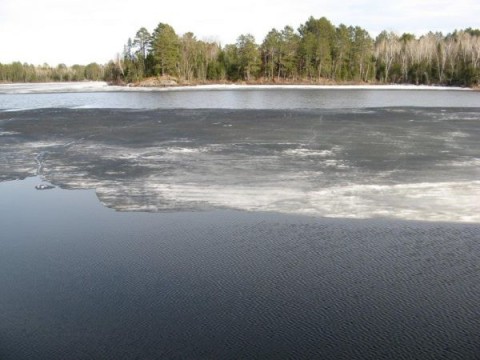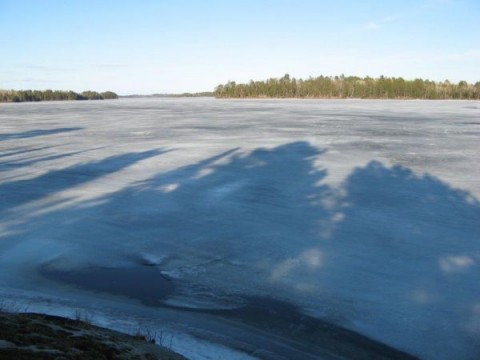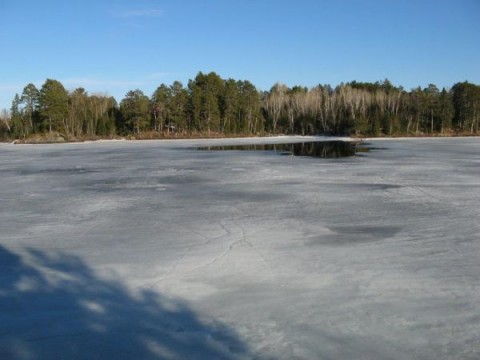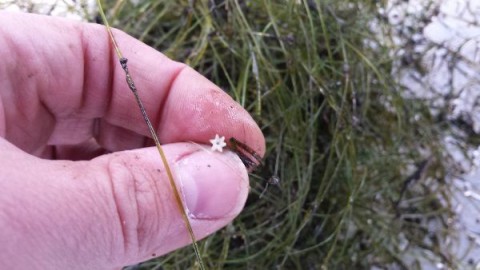Saturday, July 8th • 8 am–5pm
Vermilion Community College (Classroom 104)
Attend this FREE one-day informational workshop designed for seasonal and permanent residents and visitors to our area. Understand why we should care about wildfire and what steps we can take to live safely in a fi re dependent environment.
Includes fire ecology and behavior, history of fire in Ely area, how to make your home more resilient to wildfire, evacuation planning and ways to create a more healthy forest environment. Workshops given by USFS wildfire personnel, MN DNR Firewise specialist, County Emergency managers, local firefighting professionals and the Lakes States project coordinator from the Forest Stewards Guild. Afternoon breakout demonstration tours. Lunch provided with kids activities. Register for a Free Prize given away at the end of the day!
For more information and to register visit https://tinyurl.com/elylivingwithfire or contact Gloria Erickson at
8:00–8:30 Registration for tours and Free Prize! Coffee and morning snacks
8:30–9:15 Fire Ecology and Behavior Gus Smith, USFS Kawishiwi District Ranger History of Fire Ely Area Timo Rovo, USFS West Zone FMO
9:30–10:15 Fuels Reduction Basics and Strategies Jeffery Jackson, DNR NE Firewise Specialist
10:30–11:15 Living in a Fire Environment Directors of Emergency Management— BJ Kohlstedt, Lake County Dewey Johnson, St. Louis County Fire Chief: Ted Krueger Morse/Fall Lake Townships; Engine Captain USFS Wildland Fire Suppression: Tom Roach Evacuation Planning— Personal & Neighborhood wide Fire Chief: Larry McCray Eagle’s Nest Township
11:30–12:15 Forest Stewards Guild: Lakes States Project Coordinator— Michael Lynch
12:30–1:15 Lunch: Provided with donation as a fundraiser for local youth Vendor Exhibits! Activities for the Kids! Meet Smokey Bear! Fire Trucks, Wood Chipper and More!
1:30–3:30 Choose one Breakout Tour (Bring water bottle, weather appropriate gear and sturdy walking shoes/boots)
1) Firewise Best Practices Demonstration around home structure and beyond
2) Incident Command Scenario of the Hwy 1 Fire
3) Tours of Fuel Reduction Sites: Hand thinning, machine thinning and prescribed burn site
4) Sim Table (www.simtable.com) Wildfire Scenario
4:00–4:45 Wrap up Panel Discussion. Drawing for Free Prize!!!!!
